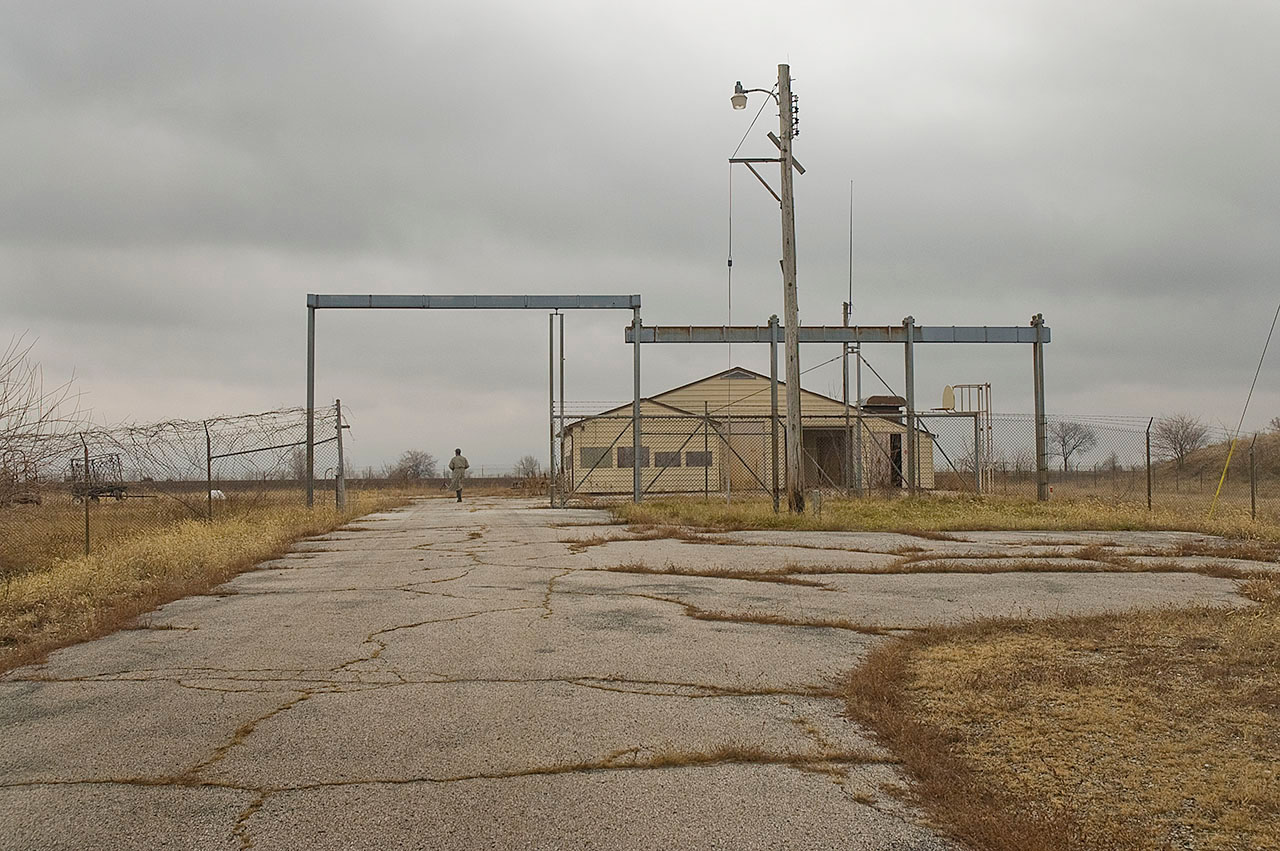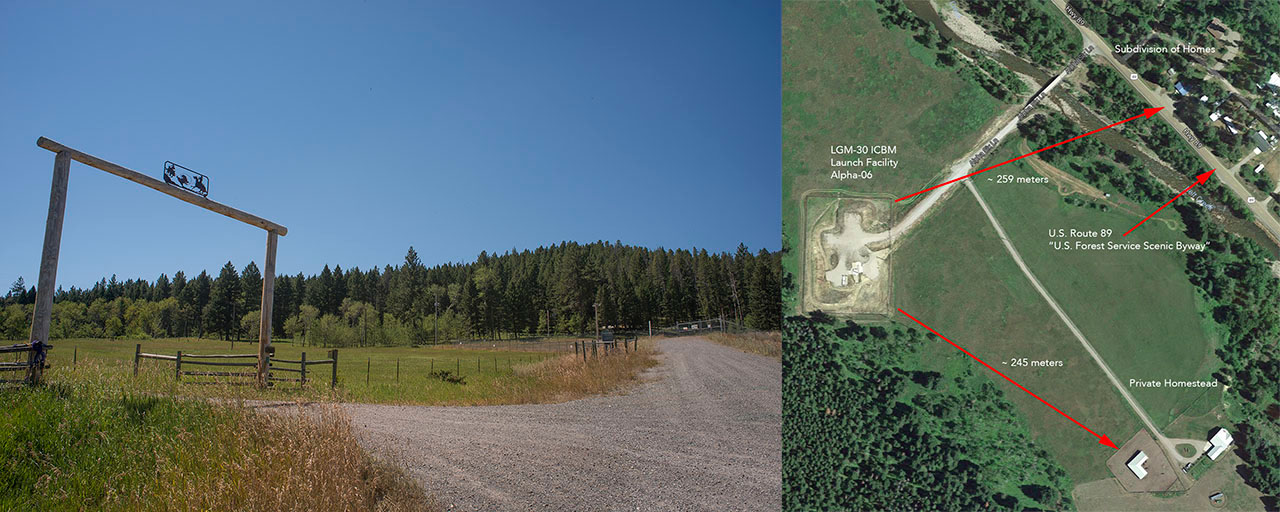Terry Ownby

Terry Ownby is emeritus professor of photography, documentary film, and visual culture at Idaho State University, USA. He holds a PhD in visual media studies, MA in media communication, and a BS in media/photography. His photography has been exhibited on the west and east coasts, along with numerous venues in the heartland. He has presented his research in Europe and the Middle East, with manuscripts in the library collections at Yale University. He is also a retired military veteran with nearly 23 years of service as a photojournalist and public affairs chief.
Regarding his photographic work on nuclear missiles and atomic remnants, Ownby writes:
I was born during the age of “Duck and Cover” and grew up with first-hand fear of atomic annihilation. Just 13 years after the first atomic denotation at the Trinity Site, I lived about 75 miles away in Alamogordo, New Mexico. The following decade I lived in Florida, just across the Banana River from Cape Canaveral Air Force Station and new first-hand fear of the Cuban Missile Crisis. Long story short, my father’s work in the aerospace industry kept me close to missiles, rockets, and military weapons. It seemed inevitable then that as a young 20something I would become a USAF missileer, working the ICBM missile fields in Montana. My primary responsibilities were the removal and replacement of Minuteman II/III’s from their launch facilities (silos). Eventually I earned the missile career field’s ubiquitous Missileman Badge and the coveted ICBM Master Technician award. Later, I would serve in the training management branch as an instructor, teaching nuclear and missile safety courses, along with emergency war order training.
Hidden in Plain View: Human Contact with Nuclear Missiles
During my tenure as a photography professor at Idaho State University my artwork took me back to those same missile silos I once worked in, only this time I was creating a body of work documenting human contact with those weapons of mass destruction. That photographic research project was titled: Hidden in Plain View: Human Contact with Nuclear Missiles. I used topographic landscape and panoramic photography, complimented by satellite and aerial imagery, to interrogate citizen amnesia regarding their contact with these atomic weapons. Homes were being built less than 250 meters from active thermonuclear missiles. Farmers made their hay right up the silo fence. While en route to major national parks in the American West, “scenic” highways transported tourists directly through hundreds of missiles and their launch control centers. People simply were blind to the global destruction within their arm’s reach. Has this “atomic amnesia” (to borrow from Jessie Boylan) altered our social and personal identities? Has our collective memory of the recent Cold War collapsed into complicit atomic denial? Can photography aid the restoration of collective memory? As an artist and research scholar attempting to answer these questions, I brought an insider’s view to this project, having served as a nuclear missileman during the height of the Cold War.
Film Trailers















